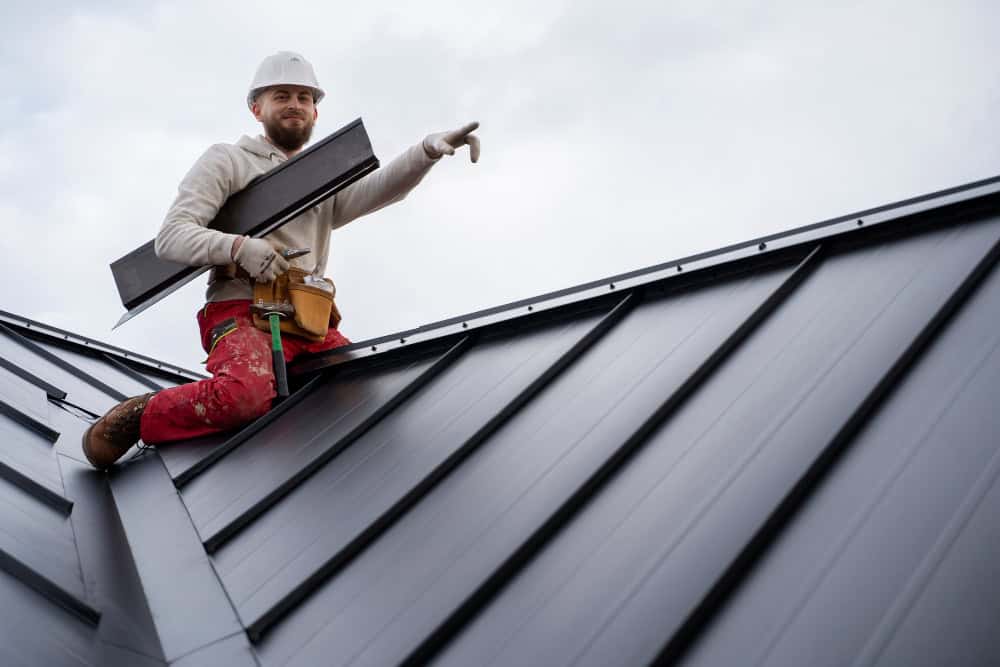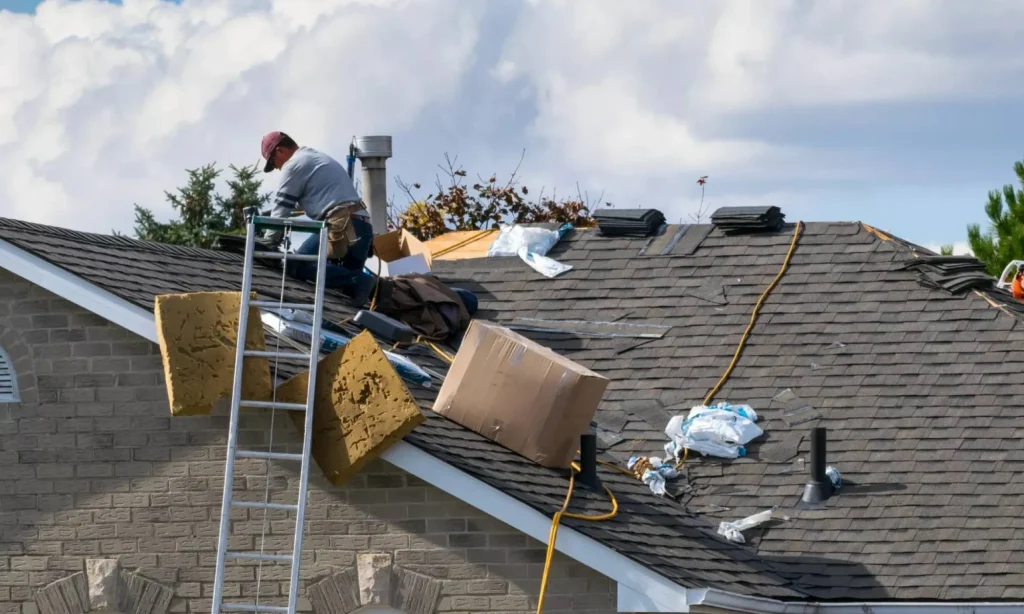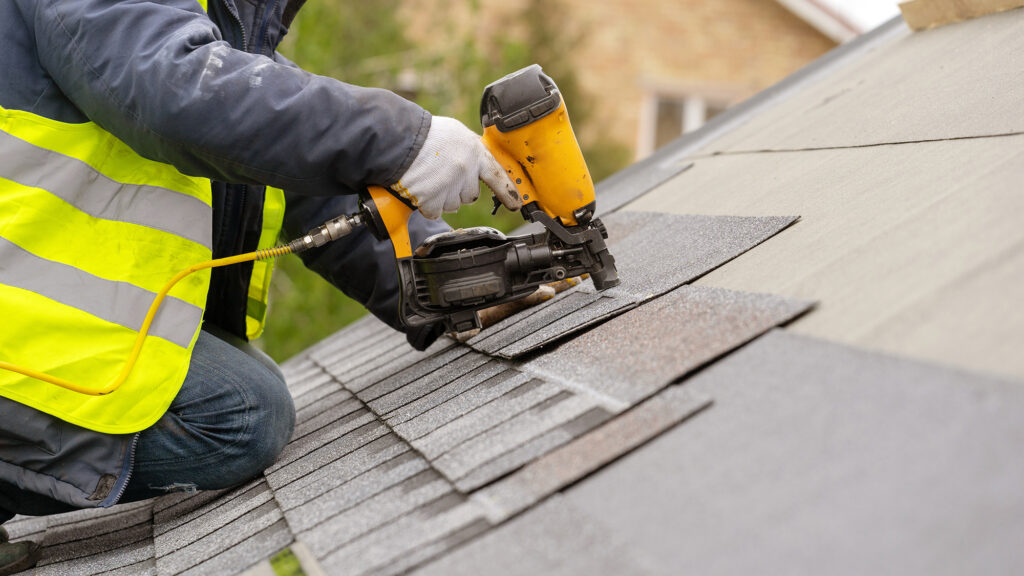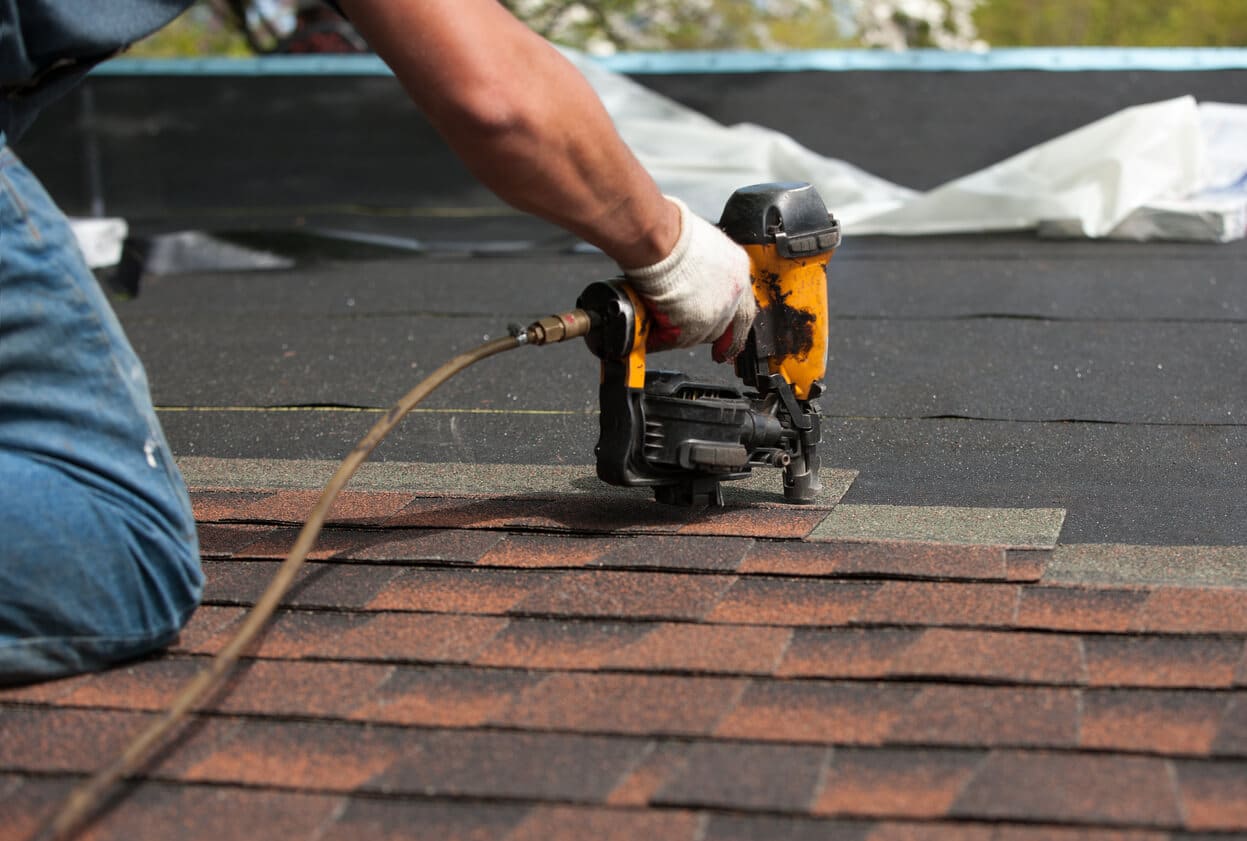
When it’s time to install a new roof, SK Quality Roofing Inc. is the Florida roof installation company you can count on for professionalism and expertise. We specialize in creating durable, aesthetically pleasing roofs tailored to your home’s needs and the region’s unique weather challenges. Our skilled team will guide you through every step of the installation process, ensuring your new roof offers long-term protection. Reach out today at (561) 276-8040 for a free consultation and let us help you choose the perfect roofing solution for your home.
The Roof Installation Process: What to Expect
Replacing your roof is a major home improvement project. It’s one of the biggest investments you’ll make in your property, and it plays a vital role in protecting your home from Florida’s intense sun, heavy rain, and hurricane threats. If you’re preparing for a roof installation, knowing what to expect can help reduce stress and ensure a smooth process from start to finish.
Whether you’re dealing with storm damage, an aging roof, or simply upgrading to better materials, understanding how the installation unfolds can help you make confident decisions.
Evaluating the condition of your current roof
The first step in the process is a thorough inspection. A roofing contractor will examine the structure of your current roof to check for signs of damage, wear, or underlying issues. This includes checking for water damage, sagging areas, mold, and the state of your attic ventilation.
In Florida, roofs often take a beating from harsh weather. Even if your roof looks fine from the outside, hidden problems beneath the surface might require attention. The inspection helps determine if a full replacement is necessary or if repairs could extend the life of the roof.
Choosing the right roofing materials for Florida weather
Once the inspection is complete and a replacement is confirmed, the next step is selecting the materials. Florida homes need roofing systems that can withstand heat, moisture, and wind. Asphalt shingles are a popular choice because of their affordability and resistance to UV rays. Metal roofs are gaining popularity as well, offering strong wind resistance and energy efficiency.
Tile roofs, while more expensive, provide excellent durability and curb appeal. Your roofing contractor will walk you through the pros and cons of each material based on your budget, home style, and location. In coastal areas, materials must meet strict code requirements for wind resistance.
Getting permits and preparing for installation
In Florida, roofing projects require permits. Your contractor will handle this process, ensuring the job follows local building codes and hurricane zone standards. Permits help protect homeowners and ensure the work is inspected once complete.
Before the installation begins, you’ll receive a timeline and details on what to expect. You’ll also get guidance on how to prepare your home. This may include moving outdoor furniture, trimming tree branches near the roof, and protecting valuables inside from vibrations and noise.
Tear-off and roof deck inspection
Once the job starts, the crew will begin by removing your old roofing materials. This is known as the tear-off phase. All shingles, underlayment, and flashing are stripped away to expose the roof deck beneath.
With everything cleared off, the deck will be inspected for signs of water damage or rot. If any areas are soft or weakened, they will be repaired or replaced before moving forward. This step is critical to ensure a solid foundation for your new roof.
Installing underlayment and flashing
After the deck is prepped, the team installs a protective underlayment. In Florida, synthetic underlayment is often preferred for its durability and moisture resistance. This layer provides a secondary barrier against rain and humidity.
Next, flashing is installed around chimneys, vents, and roof valleys. This metal material helps direct water away from vulnerable areas. Proper flashing prevents leaks and is especially important in Florida’s storm-prone climate.
Placing the new roofing materials
Now the visible part of the roof starts to take shape. Shingles, tiles, or metal panels are installed according to the chosen material. The crew will follow a pattern that ensures full coverage and water resistance.
The process varies slightly depending on the material. Asphalt shingles are typically nailed down in overlapping rows. Metal roofs involve interlocking panels, while tile roofs require special adhesives or fasteners. Regardless of the type, every piece is installed with Florida’s high-wind standards in mind.
Ventilation and final sealing
Proper attic ventilation is a critical part of your new roof system. During installation, your contractor will check for adequate airflow. This may involve adding ridge vents, soffit vents, or exhaust fans to help regulate heat and moisture inside the attic.
Once everything is in place, the team seals all seams, fasteners, and flashing to prevent leaks. They’ll also install new ridge caps to protect the roof’s peak and give it a finished appearance.
Cleanup and final inspection
A professional roofing crew will clean up all debris from the tear-off and installation. Nails, shingle pieces, and other materials are removed from your yard and driveway. Many contractors use magnets to catch stray nails in the grass or landscaping.
The final step is an inspection. This may be done by the contractor, a city inspector, or both. The goal is to confirm that the roof was installed correctly and meets all code requirements. Any remaining touch-ups or adjustments are completed at this stage.
Understanding warranties and follow-up support
After the installation is complete, you’ll receive information about warranties. Most roofing systems come with a manufacturer’s warranty covering materials and a workmanship warranty from the contractor. Be sure to review the terms and ask questions about what’s covered and how to file a claim if needed.
A reputable roofing company will also offer follow-up support. If you notice anything unusual in the days or weeks after the job, they should be available to address concerns quickly.
How Long Does Installation Take
The length of the project depends on the size of your roof, the materials used, and the weather. For a typical residential roof in Florida, installation takes about two to five days. However, unexpected rain or additional repairs to the decking may extend the timeline.
Clear communication with your contractor helps keep the project on track. They’ll notify you of any delays and keep you informed throughout each stage of the work.
Getting a new roof installed is a major upgrade, but it doesn’t have to be overwhelming. By working with a trusted contractor and understanding the process, you can feel confident your home is in good hands. A properly installed roof not only boosts your property’s value—it also ensures your family stays safe and protected from Florida’s unpredictable weather.
If your roof is showing signs of age or damage, it may be time to start planning for a replacement. Knowing what to expect during the installation helps you prepare and avoid surprises.
Choose SK Quality Roofing Inc. for Your Roof Installation
A new roof is an important investment in your home’s future, and SK Quality Roofing Inc. is the reliable roof installations company in Florida that ensures your roof is built to last. Whether you’re building a new home or replacing an old roof, our team offers top-notch materials and craftsmanship to give you peace of mind. Contact us at (561) 276-8040 for a free consultation and let us help you achieve a durable, attractive roof for your home.



